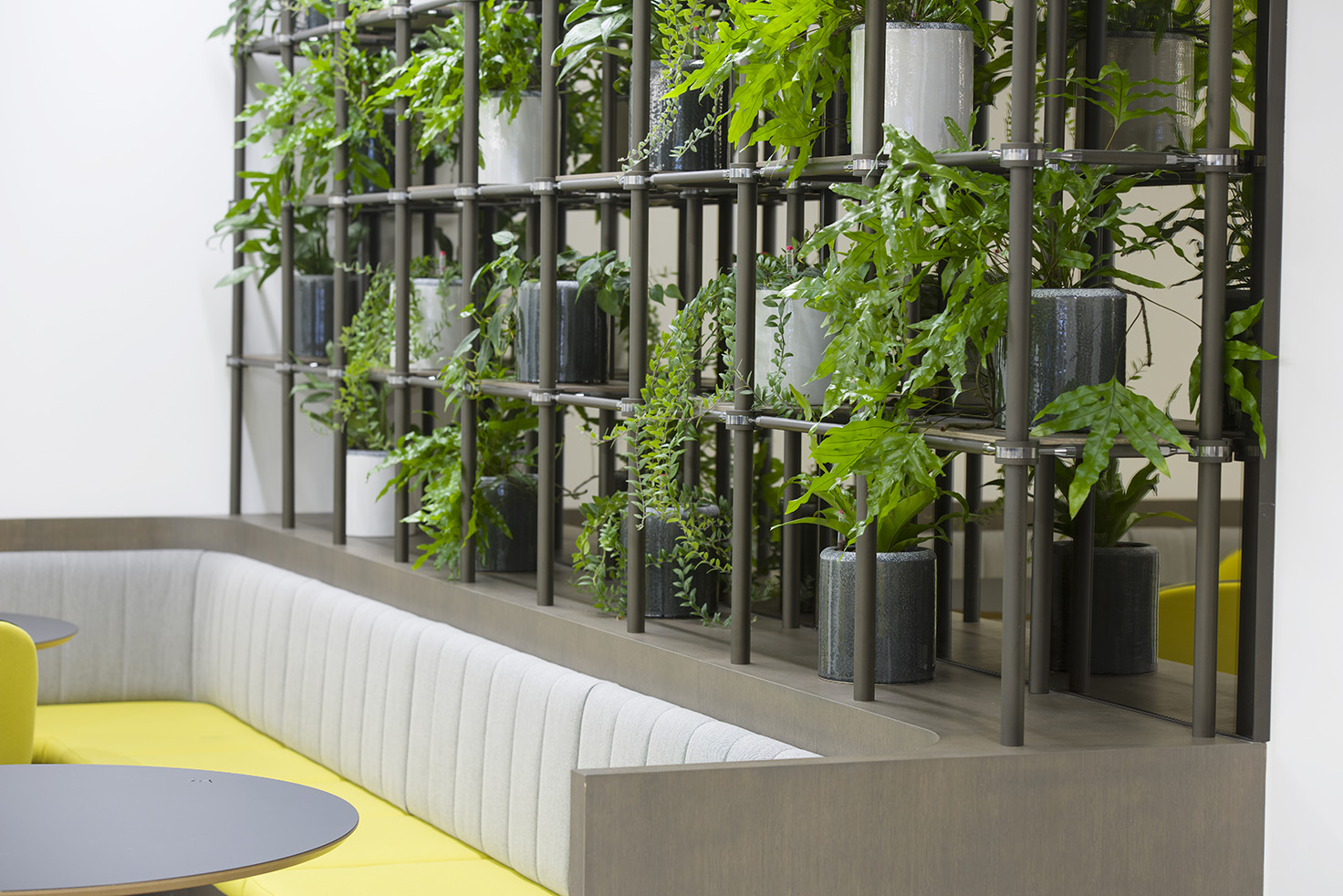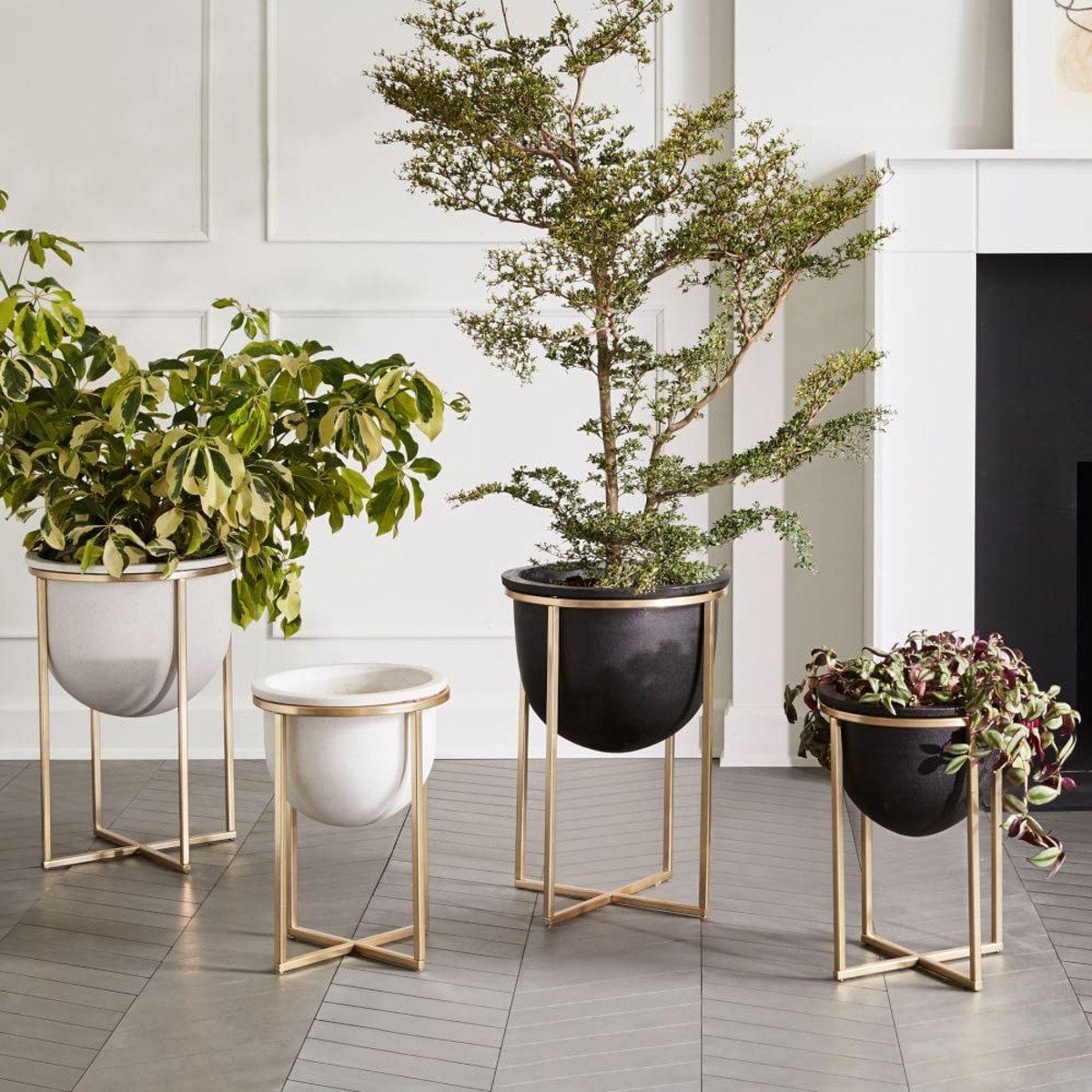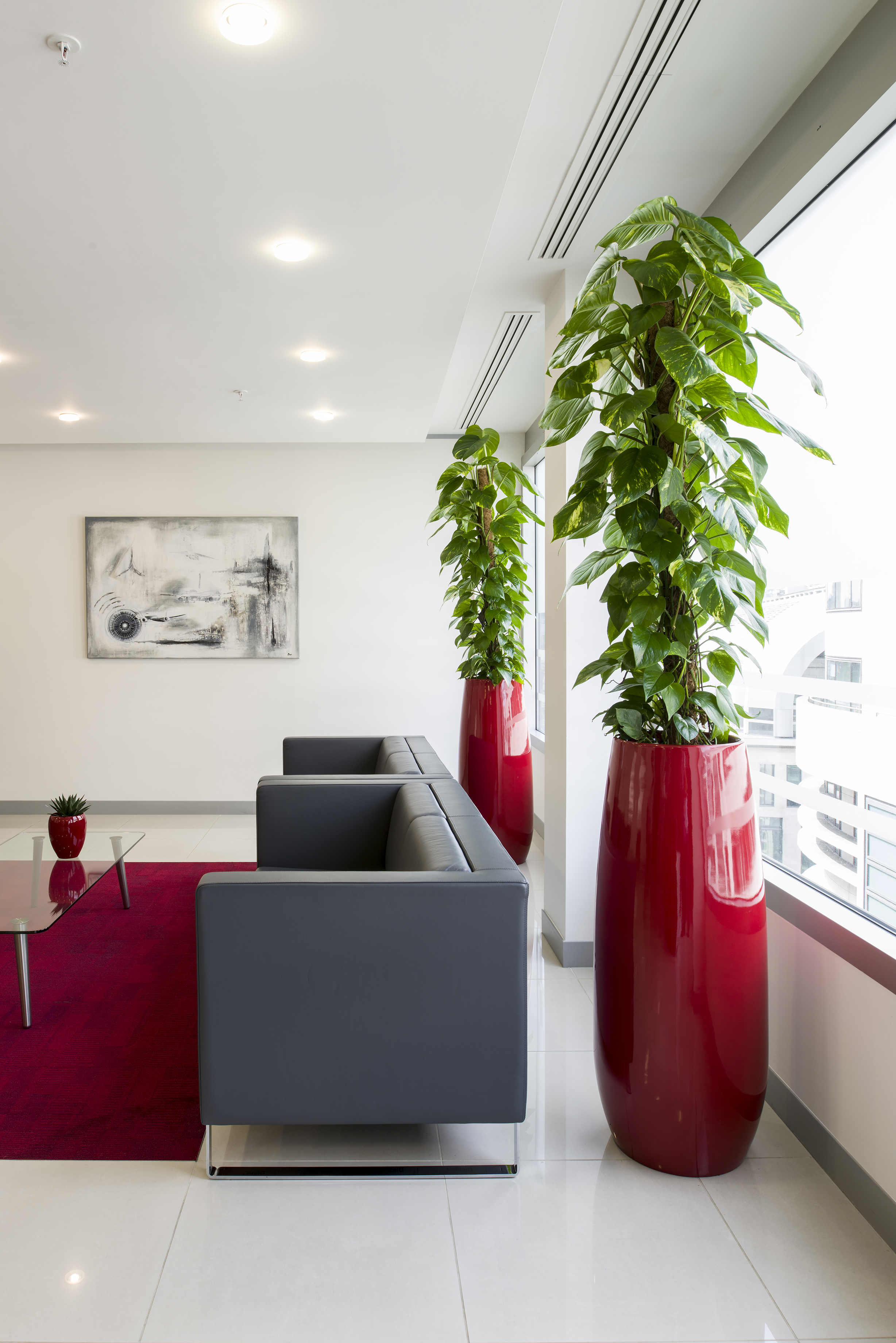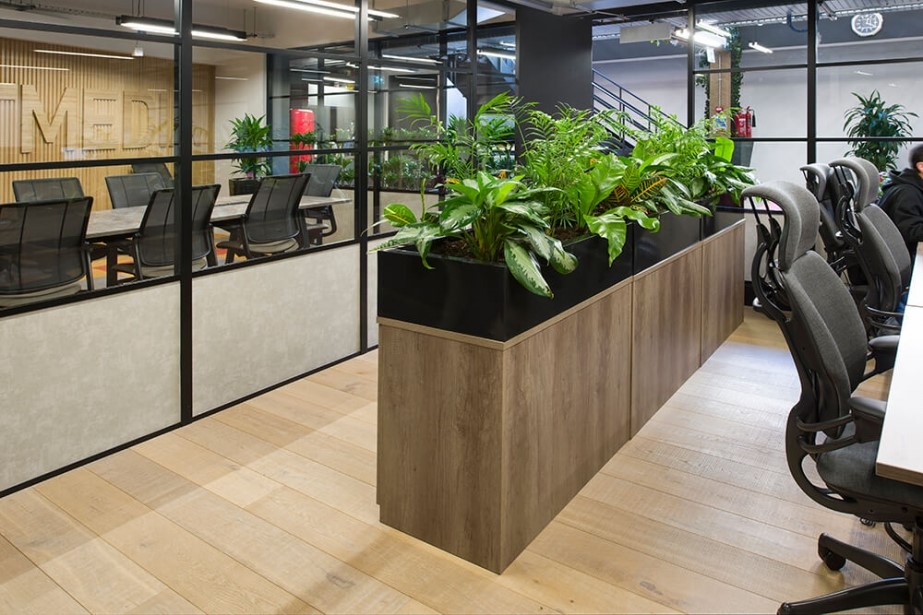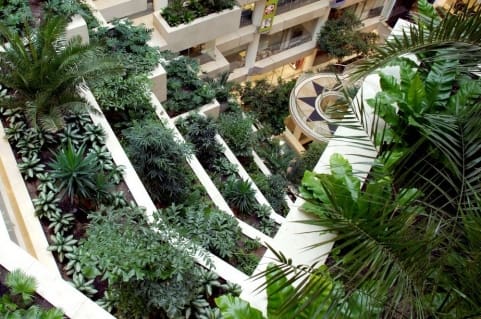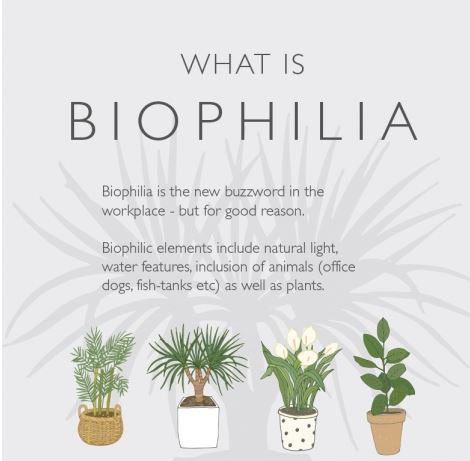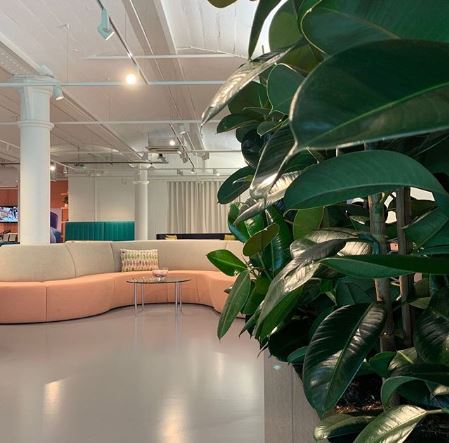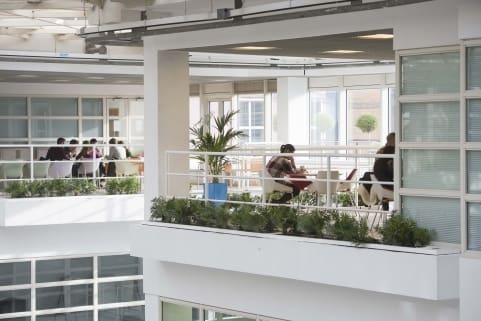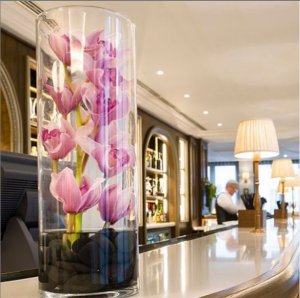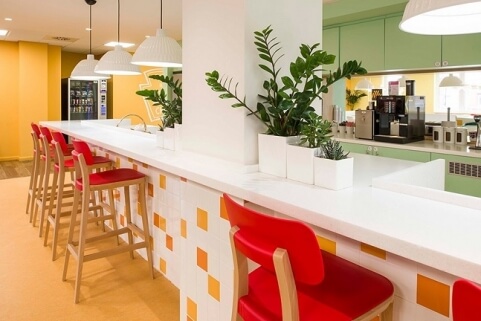Biophilia is all about our connection to the natural world, but does that connection extend to our four-legged friends that we might find snoozing between the office plants at work? In celebration of World Pet Day on April 11th, we’re using this space to talk about those pets which are currently bringing peace to office environments across the world. We will be considering whether office pets could be part of the move towards biophilia, how they benefit your workers, and which are best for the office.
Are Office Pets Part of Biophilic Design?
To answer this question, we first need to understand what is meant by biophilic design. We have already written plenty of blogs discussing the topic, such as Biophilic Design in The Workplace – What’s it all about? and Biophilia – What is it and why is it important?, but we’ll sum it up for you again here with a quote from biologist E. O. Wilson:
“Biophilia is an innate and genetically determined affinity of human beings with the natural world.” – The Biophilia Hypothesis, 1984
Biophilic design, therefore, is an environment which works towards satisfying human urges to be amongst natural elements, therefore providing powerful relief during moments of tension and high stress by being amongst plants and wildlife. There have been plenty of studies since The Biophilia Hypothesis which can scientifically support Wilson’s claims such as Dr Knight’s study; lean offices decorated with indoor office plants can increase productivity by 15%.
Following the fact that office flowers and plants have been shown to have useful effects in the office, our next question is whether adding an office pet to your already biophilic office would have any benefits for your staff’s well-being.
Following the fact that office flowers and plants have been shown to have useful effects in the office, our next question is whether adding an office pet to your already biophilic office would have any benefits for your staff’s well-being.
Considering that biophilia is a human connection to the natural world, it would make sense that animals would have similar benefits to plant life in the office since it’s all biophilia. On the other hand, it is easier to find plants that won’t incur allergies amongst your staff, or worse – scare them.
How Can Pets Benefit Your Workers?
Pets can benefit your office in several ways, but one of the most useful is that they act as a social lubricant. Having an office dog or cat is an easy way into conversation and can really benefit those employees who work hard but struggle to hold a conversation with their co-workers. An office pet bridges that gap by functioning as a shared hobby that can be applied across the office.
Pets are also known to reduce stress, a 2001 study found that patients with pets were better able to keep their blood pressure levels low than those without pets. This could be especially useful in an office environment where stressful situations may occur quite frequently. Alternatively, having pets present could mean that your staff will successfully handle greater responsibilities because the office pet will help with any accompanying stress.
Why Are Office Pets Gaining Popularity?
Google’s official code of conduct states that ‘affection for our canine friends is an integral facet of our corporate culture’, and they’re not alone – Amazon’s headquarters have around 2,000 pets registered to appear whenever employees wish to bring their pet to work. Even Forbes have allowed pets into their offices and have reported that ‘the atmosphere is warmer and more sociable’. Smaller companies are likely following their lead, causing a rise in office pets around the world.
Which Pets Are Best for an Office?
It depends on your office; a dog might be well loved by most, but perhaps most of your workforce would prefer a sociable cat. Alternatively, an aquarium requires far less maintenance but also has far fewer of the advantages that four-legged furry creatures can provide. For example, you don’t receive the same comfort from petting a fish, and they are far less likely to be a talking point in the office. Also, your staff will never be inclined to take the fish outside for a refresher (hopefully), which is an activity that could be very beneficial for staff.
Many offices suffer from sick building syndrome, as explained in our blog about poor Indoor Air Quality: Facts & How To Improve. Essentially, illness caused by poor ventilation in your office could be solved by improving your ventilation, introducing indoor plants to reduce dust and particulate matter, and encouraging your staff to take their breaks outside to stock up on a little fresh air which will help them to stay alert.
Keeping an office cat or dog will necessitate staff trips to let the dog or cat out which can provide health benefits for staff, as well as relief for the animal. On the other hand, a trip to the outdoors can seem a bit of chore in the rain – which is when indoor plant alternatives really shine for improving office health. Rain or shine, indoor office plants will always be there to boost creativity, productivity and health in your office – and you won’t need to drag them outside for a bathroom trip in poor winter weather.
To conclude, a lot of offices across the world are finding positives in bringing their pets to work, but if you’re not ready to commit to bringing the animal kingdom into your office – and sorting through the insurance policies that they might interfere with – then you can reap the same benefits that they bring by redesigning your office to incorporate more plant life.
Alternatively, if you’re already enjoying life with an office pet and want to further improve your office to suit staff and animals alike, we’re sure that bringing more plants into your office will bring joy to everyone.





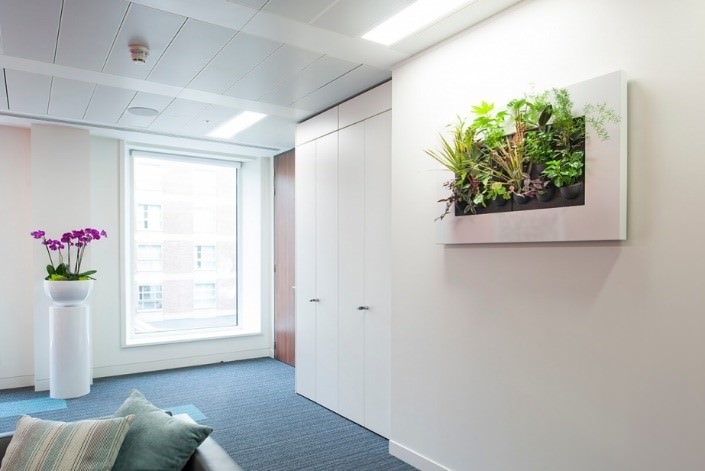

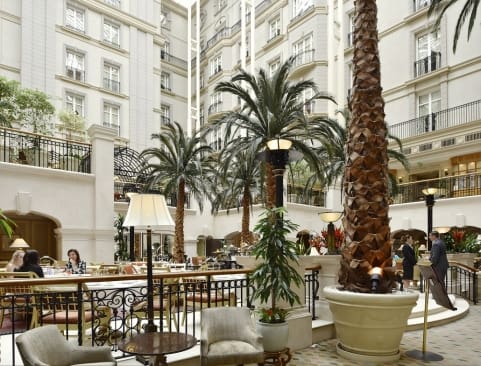
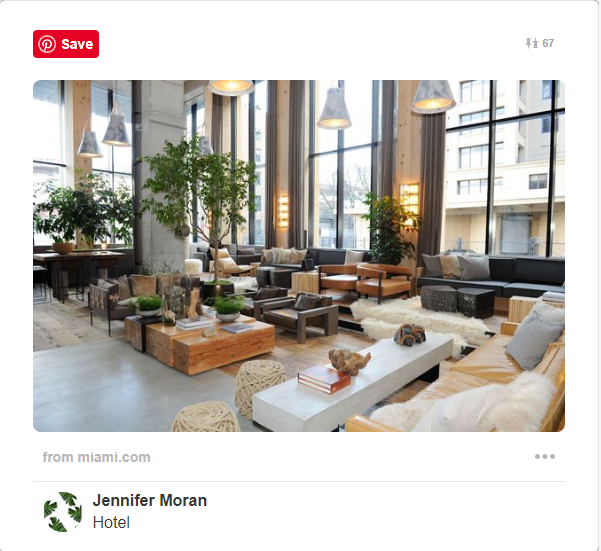
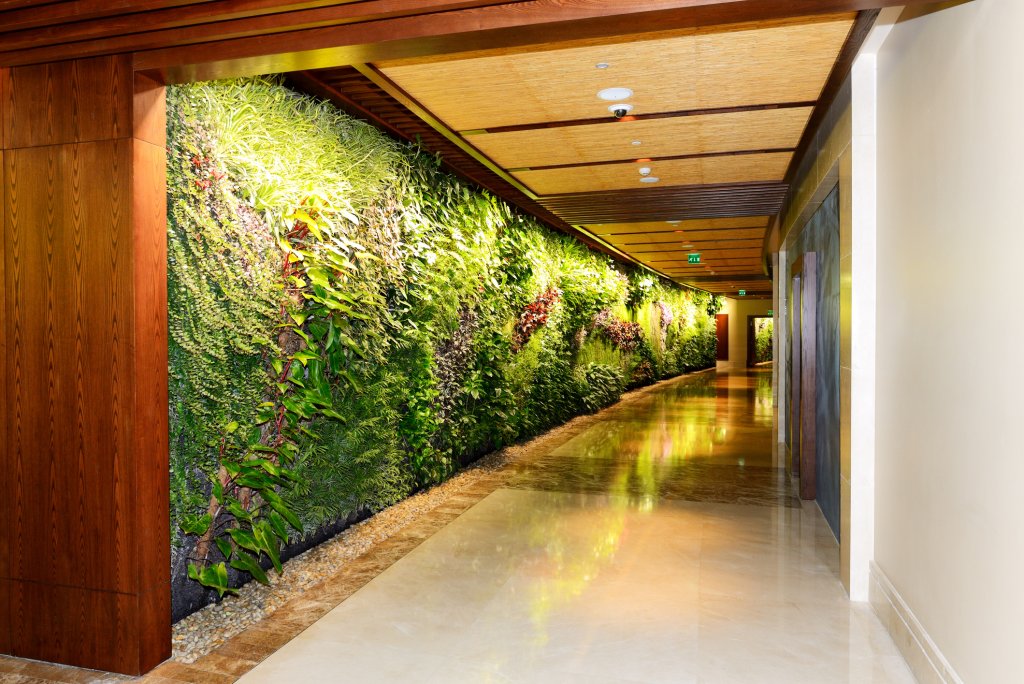
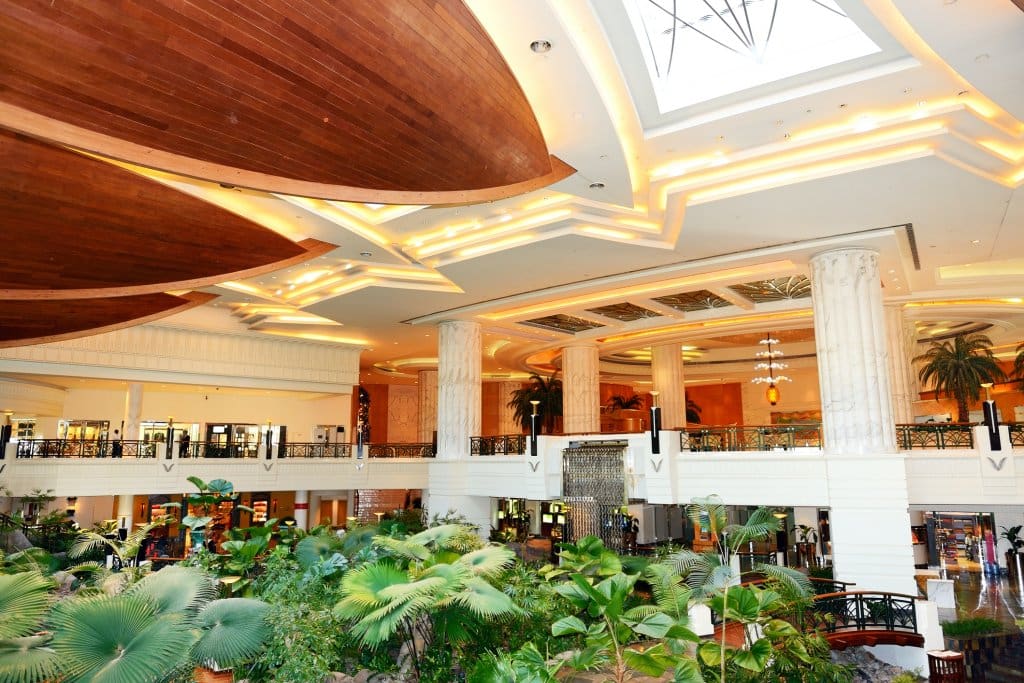
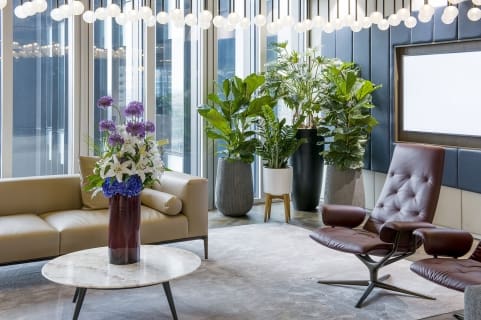
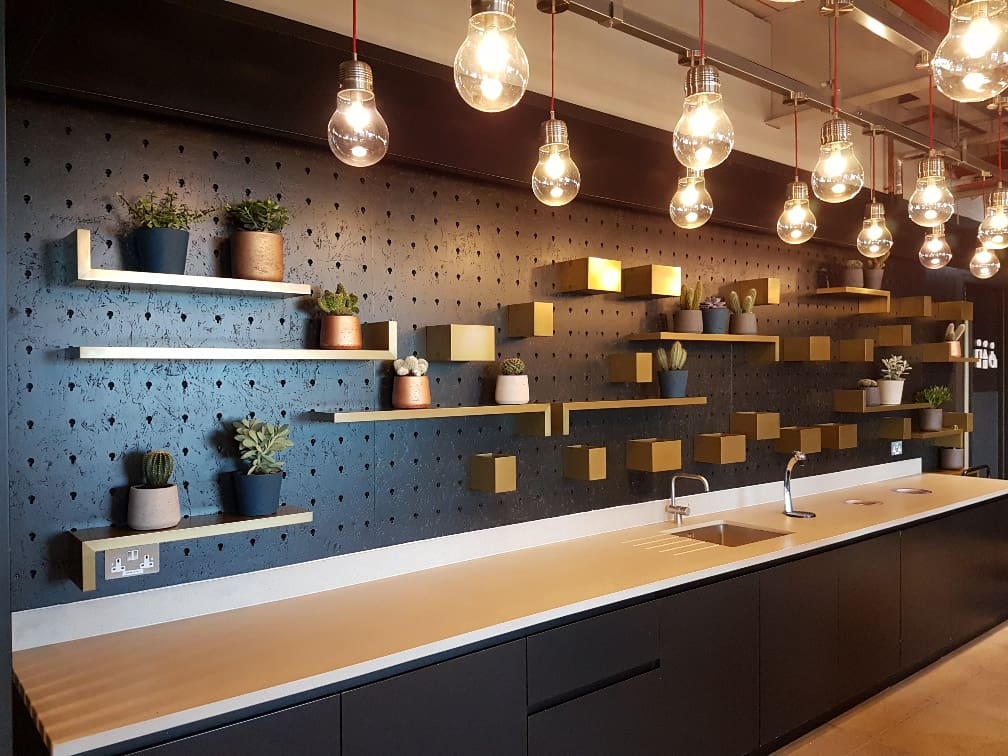 These plants work especially well on a smaller budget, and they show just how important quality products and design planning are when incorporating plants in your décor.
These plants work especially well on a smaller budget, and they show just how important quality products and design planning are when incorporating plants in your décor.